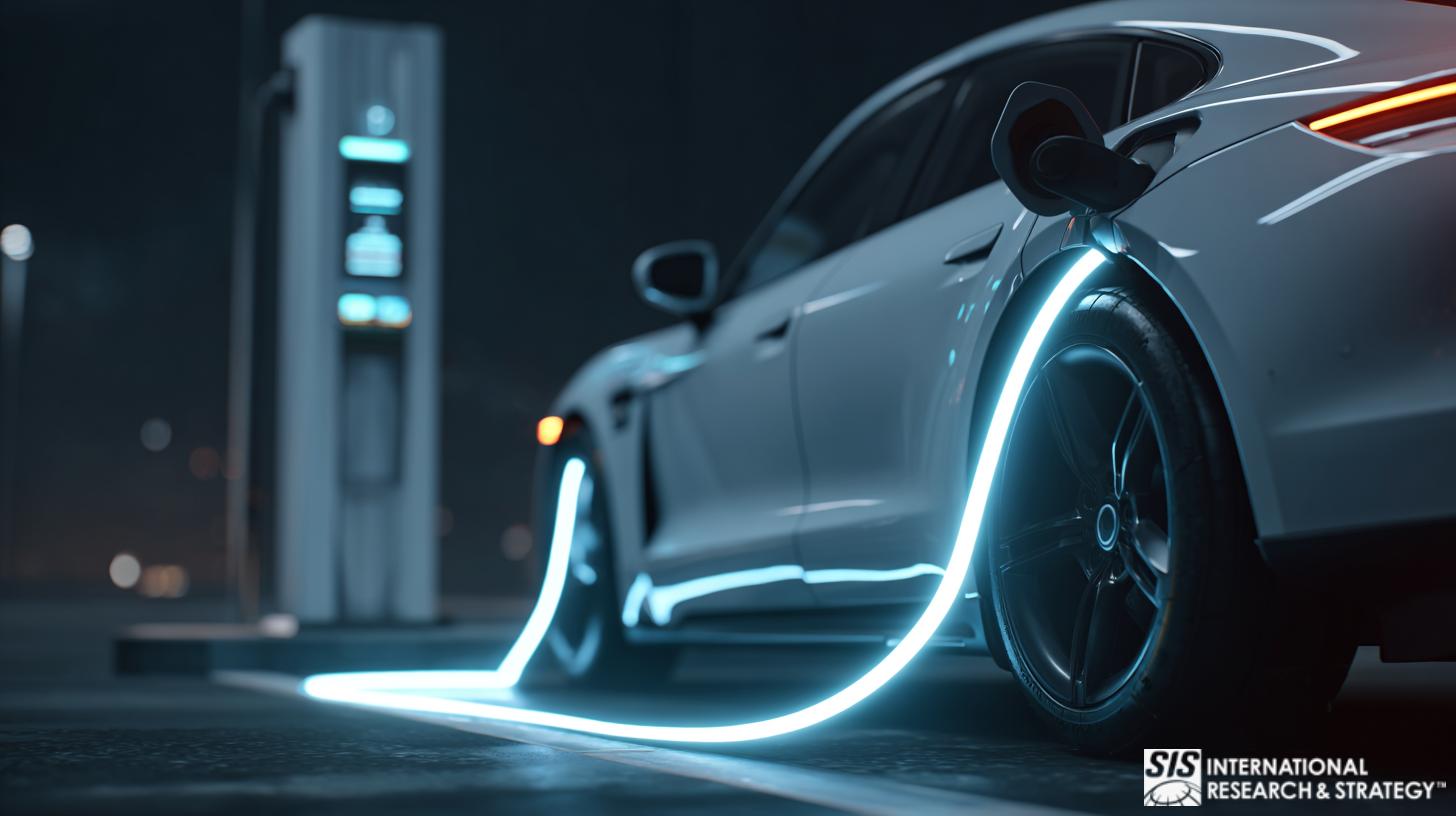
混合動力汽車和電動車 (EV) 之間存在重要差異。
Hybrid vehicles, such as the Toyota Prius line, are powered by both an electric engine and an Internal Combustion Engine (ICE), which is the traditional engine fueled by petrol or Diesel. Electric Vehicles (EVs), by definition, are powered by an electric engine only. A large number of battery cells deck the floor of an EV. The recharging of the battery is simply done by an electric plug, usually at the user’s home.
機會與挑戰
Most automotive manufacturers have completed their model line-up with Hybrids. However, only a few propose exclusively electric cars. The leader in terms of sales for the Current Year 2013 in the US EV segment is the Chevrolet Volt and the Nissan Leaf. Then comes the premium brand Tesla with its newly launched Model S. The volumes in the Hybrid segment are very different. The industry leader is considered Toyota, and its Prius line. The followers are Ford, with its Fusion Hybrid and C-Max Hybrid, and Hyundai Sonata.
The reasons behind the leadership in these segments are diverse and require a thorough industry analysis. However, one can easily assume that first-mover advantage plays a significant role in terms of branding, economies of scales and technology advantage. In fact, Toyota was the first to launch hybrid versions and is still on top of that market. In the same way, Nissan and Chevrolet were pioneers in the mass market EV in 2009/10 and still hold a leadership position.
隨著汽車製造商的競爭水平和廣泛的差異化嘗試,銷量,更準確地說是市場和細分市場份額,是衡量該行業成功的關鍵指標。
電動汽車法規
Regulation on C02 emission and gas consumption is a main reason that pushes manufacturers to develop and market low or zero emission vehicles. In a global industry, an increasing number of countries have adopted tax incentive schemes that favor the sales of hybrid and EV over traditional more fuel-consuming cars. For instance, France has Bonus/Malus scheme, where a cash amount is offered to the buyers of hybrid and EV vehicles. The same applies to Holland.
美國最近也採取了類似的汽車稅計劃,但監管環境不太嚴格。這種市場動態以及品牌周圍可能出現的「光環效應」促使所有製造商推出混合動力或電動車車型。因此,一個更大的問題就變成了廠商想要採取什麼樣的車型陣容策略。
客戶洞察
Customers of hybrids and EVs are for most part environmentally conscious above 50 year old upper income class individuals. Thus, while it makes sense to offer a hybrid or EV family sedan or compact car for urban environment, this product strategy does not find rational for full size heavy duty trucks. Likewise, Ford offers hybrid and EV for the Fusion and the Focus respectively, but remains on ICE for its flagship F-150.
EVs and Hybrids are priced at a premium over similar ICE models with same equipment level. Manufacturers have performed extensive price vs. value analyses in order to find out what the premium would be that the customers are willing to pay to drive a low emission car.
對整個行業的影響尚不清楚,因為電動車和混合動力車的銷量仍然相當小。然而,在細分市場層面,電動車和混合動力定價策略可以被視為相對於非高階內燃機細分市場的差異化策略。換句話說,日產或豐田等非高端品牌有可能將其混合動力和電動車定價為與 Mini、寶馬或奧迪相同的價格水平。隨著日產和豐田多年來累積的規模,生產混合動力或電動車的邊際成本已大大降低,從而為其混合動力和電動業務帶來了豐厚的邊際回報。



